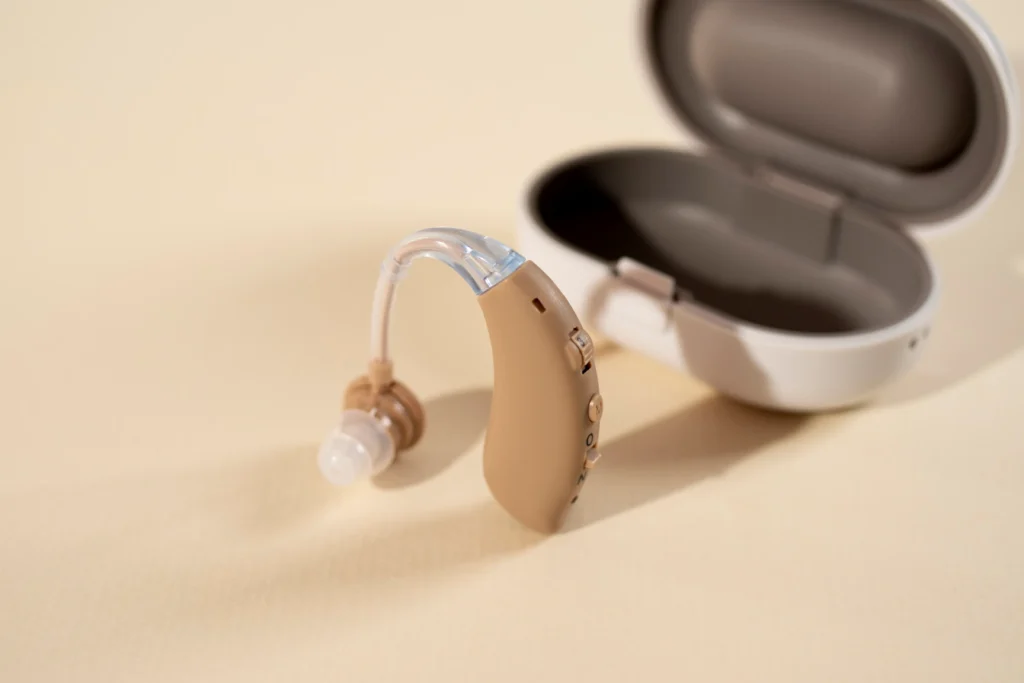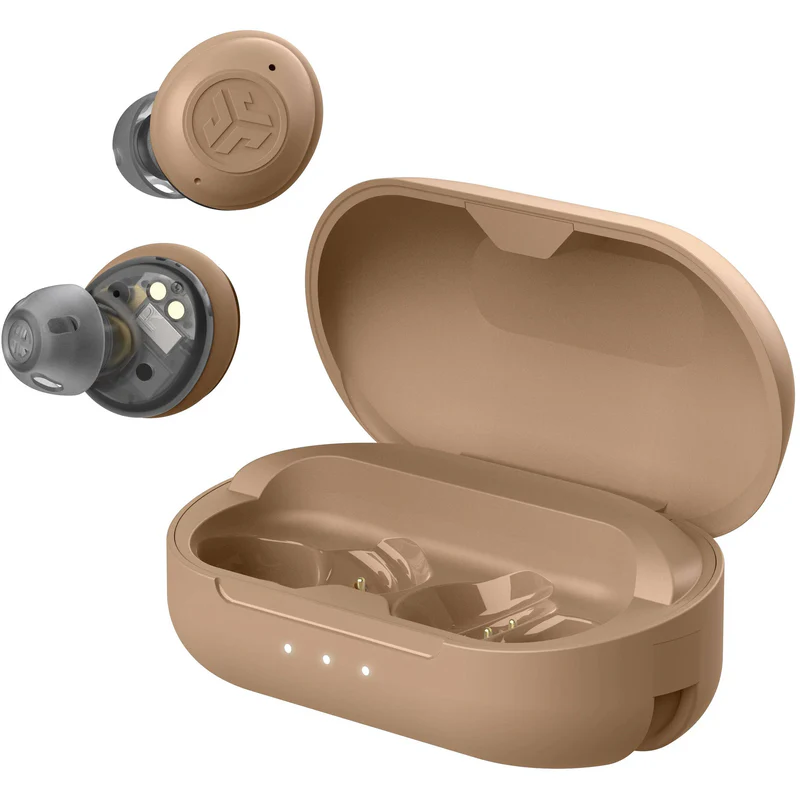Like most technology, hearing aids have some problems and malfunctions every now and then. You might find that you need to send your hearing aids off for repairs. It could be something simple, or it might be a little more complicated. Hearing aid repairs cover a range of issues; some issues might have a quick fix and others may take longer. Here are four of the most common issues that could lead to your hearing aids needing to be repaired.
Battery Issues
One of the most common reasons hearing aids stop working is battery trouble. If your hearing aid is producing weak or distorted sound, the battery may be low, incorrectly inserted, or depleted. Sometimes, battery contacts inside the device can also corrode, leading to inconsistent performance. While changing the battery may solve the issue, other times the compartment itself may require professional repair. Avoid forcing batteries into place, as this can damage the delicate components. If basic troubleshooting doesn’t help, schedule a checkup with your audiologist to ensure the problem isn’t masking a bigger issue with your device.
Wax Blockage
Earwax is a natural protector, but it can easily clog the delicate parts of a hearing aid. Wax buildup may block the microphone, sound tube, or receiver, leading to muffled sound or total loss of function. Cleaning your devices daily with a soft, dry cloth can help prevent this issue, but deep blockages require professional care. Avoid using sharp tools or moisture-based cleaners, as these can damage sensitive electronics. Your audiologist can safely clean and maintain your hearing aids, ensuring optimal performance while also offering advice on managing earwax buildup for better long-term hearing health.
Tubing & Microphone Repairs
Hearing aids depend on tiny microphones and, in some models, slim tubing to deliver sound clearly. Over time, tubing can harden, crack, or become blocked, while microphones may weaken or stop picking up sound entirely. These problems can cause distorted audio, feedback, or silence. Attempting repairs at home often makes the issue worse, especially with fragile microphone components. An audiologist can quickly identify whether the tubing needs replacement or if the microphone requires a more advanced repair. Regular servicing and cleaning help keep these parts in working order, ensuring your hearing aids remain reliable day after day.
Moisture Damage
Moisture is another common cause of hearing aid failure. Even small amounts of sweat, humidity, or accidental splashes can corrode internal circuits or block sound pathways. Symptoms include static, fading volume, or sudden device shutdowns. To protect against this, consider using a hearing aid dehumidifier or storage case at night. Never dry devices with direct heat sources like hairdryers, as this can cause further harm. If your hearing aids have already been exposed to moisture, schedule a repair appointment immediately. An audiologist can professionally dry, clean, or replace affected components, extending the lifespan of your devices significantly.
If you are experiencing any of these issues, we would recommend that you consult your audiologist who can advise you on whether your hearing aids need repairs.
Don’t let hearing aid problems affect your daily life—contact us today for expert assistance! Call us at +1 (802) 922-9545 to schedule an appointment.









